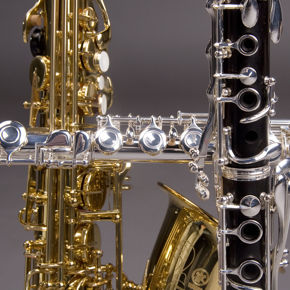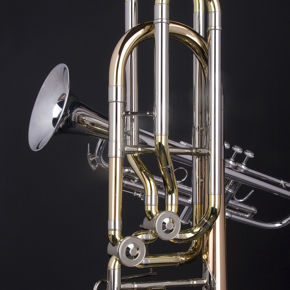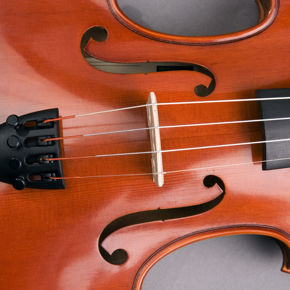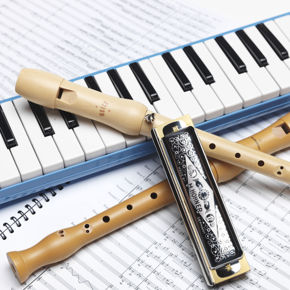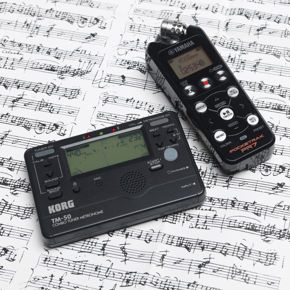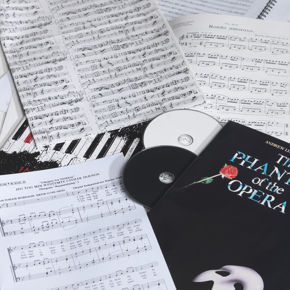Kjempeviseslåtten Op 22a No 5, Harald Sæverud arr. Lars Notto Birkeland. Orgel
Tilgjengelighet: På lager
KJEMPEVISE-SLÅTTEN
Harald Sæverud (1897-1992) is one of Norway's most significant composers. His most performed compositions include Rondo Amoroso, Ballad of Revolt (Kjempeviseslåtten), Sinfonia Dolorosa and the incidental music to Ibsen's Peer Gynt.
The Ballad of Revold was composed in 1943, during World War II. The piece came into being whilst travelling through Lærdal, where the Norwegian mountains meet the fjords. Here is the composer's own description of the event which triggered off this composition:
"It was on the quayside at Lærdalsøren, whilst returning from one of my infrequent visits to Oslo, that I suddenly experienced intense anger and feelings of protest at the sight of the enemy's military barracs on the sides of the valley. Spontaneously, as if I were swearing profusely, the music burst into my mind."
The work is a reminder and symbol of the Norwegian resistance movement. The piano version of the work is published in the collection Slåtter og Stev fra Silustøl, 2nd Suite.
About the organ version:
Sæverud made two versions of the work, one for piano solo and the other for full orchestra. This edition is based on the piano version.
I have chosen to retain the piano version's original dynamics, accentuation, note values, etc. The performers must decide how to adjust these to the individual organi's reponse, and to the acoustic of the room in which it is played.
I have not fount it appropriate to insert detailed suggestions for registration, as this will depend upon the specification of the organ concerned. The important thing is to achieve a gradual and spectacular increase in volume trhoughout the piece.
Lars Notto Birkeland, August 2022

